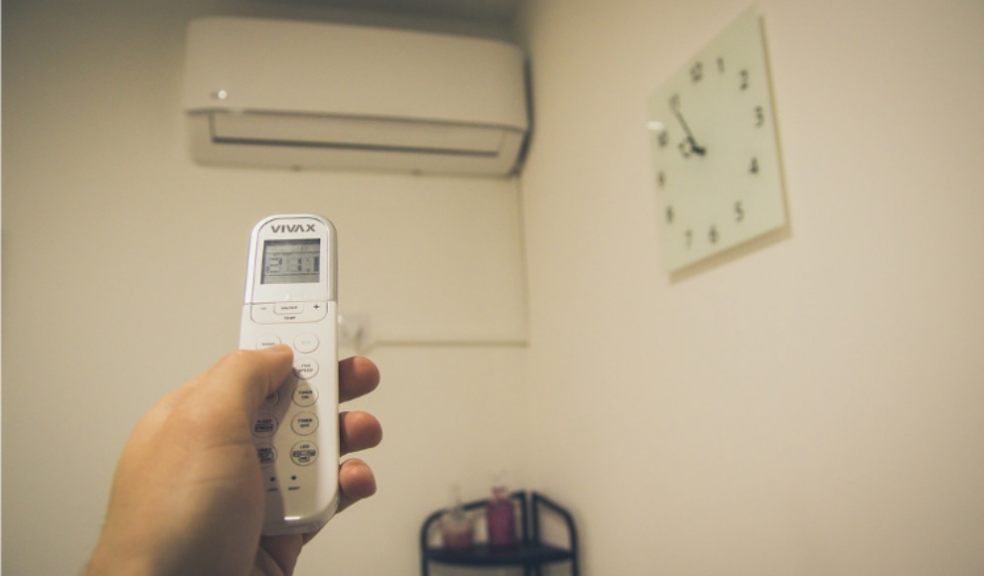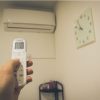
Enjoy the Comfort Of Cool - Managing High Temperatures in the Home
Coping with the heat in warmer parts of the world is a challenge. Keeping your home cool enough to enjoy an environment that offers a superior quality of life is essential - in fact, if not approached carefully the issue of cooling the home can be one that provides the average homeowner with challenges that can seem extremely daunting. However, the fact of the matter is that with a carefully thought out approach and some basic research it is possible to enjoy a home that is comfortable and pleasant - even in the face of the harshest of heatwaves. With some forethought, it is even possible to achieve a comfortable temperature inside the home without breaking the bank.
Of course, the first thing that springs to mind when it comes to discussions about how to control the temperature inside the home is air conditioning. There are a variety of options when it comes to air conditioning units that are used to cool the home. These can range from window air conditioners which can be mounted in a window frame or through a narrow wall. There are portable air conditioners and split air conditioners where the unit containing the compressor is positioned on the outside of the house and the internal part of the unit which is often controlled via remote. These units often feature 'swing' functionality which allows them to circulate cool air extremely efficiently. There are also central air conditioning systems that can cool individual rooms or the entire home depending on the homeowner's requirements. The downside to many of these systems is that they can be tremendously energy-hungry and contribute significantly to the household energy bill.
However, there are other approaches that the homeowner can take to ensure that the home remains at a comfortable temperature even on the hottest of days.
Firstly, it is important to realize that each and every appliance that is running in your home creates heat. If you are not actively using that appliance, then unplug it from the wall socket. If you spot a little glowing red dot or an electronic readout, then that appliance is producing heat - even if it is not actively being used. Don't just turn it off - it needs to be unplugged.
During the daylight hours make optimal use of the natural light that enters the home. If you are considering redecorating and painting interior walls is part of the project opt for lighter colours. These sorts of colours reflect light, while darker tomes absorb and store heat, and also emit it. If you are not already using LED bulbs or energy-efficient lighting, then make the change - these emit far less heat than traditional bulbs. The difference can be felt almost immediately - the average 100-watt light bulb can increase the heat in a small room by 11 degrees.
Your kitchen is a source of heat. If you are regularly cooking meals on a stovetop or in an oven you are increasing the temperature in the home significantly. The summer months offer the perfect opportunity to do some of the cooking outdoors on a grill. If you are determined to cook indoors then consider the use of a microwave or slow cooker/crockpot. Both of these appliances generate far less heat than a stove. If you are going to have to use the stove try and get your cooking done later in the late afternoon when cooking will not add significantly to the heat levels in the home - and consider cold meals, they are perfect for those very hot summer days.
Your windows are the source of much of the heat entering the home. Consider window tinting a solution. If window tinting is not an attractive solution, then consider the installation of blinds - and keep them closed during the heat of the day. If this makes the house too dark then the tops of the blinds can be lowered to allow light in - but still, reduce heat levels. There are also insulating blinds that can contribute significantly to lowering the temperature in the home. You can also check other types of windows that has thermal insulator, this company offers help regarding to this matter or any other home improvement related services like Fascias and Soffits in Leeds.
Ceiling fans are another great option when it comes to lowering the temperature in the home. The various models that are available today make the choice of styles almost unlimited. It is also important to know that most ceiling fans have a switch on the base of the fan which changes the direction of the airflow. During summer that direction should be counter-clockwise. That directs air downward. This does not necessarily cool the room - but encourages the evaporation of sweat which makes hotter days that much easier to bear.
These are only some of the steps that can be taken to make the home more comfortable during those sweltering days. There are other approaches such as shading windows from direct sunlight using awnings, closing off rooms that are not in use, and using personal cooling fans to deal with the heat that has a direct impact on individuals. Planting shade trees close to the home can also reduce the amount of sunlight entering the home.
With a bit of planning and forethought, your home can be a comfortable retreat from the heat - make your plans today and look forward to those lazy days of summer.

















